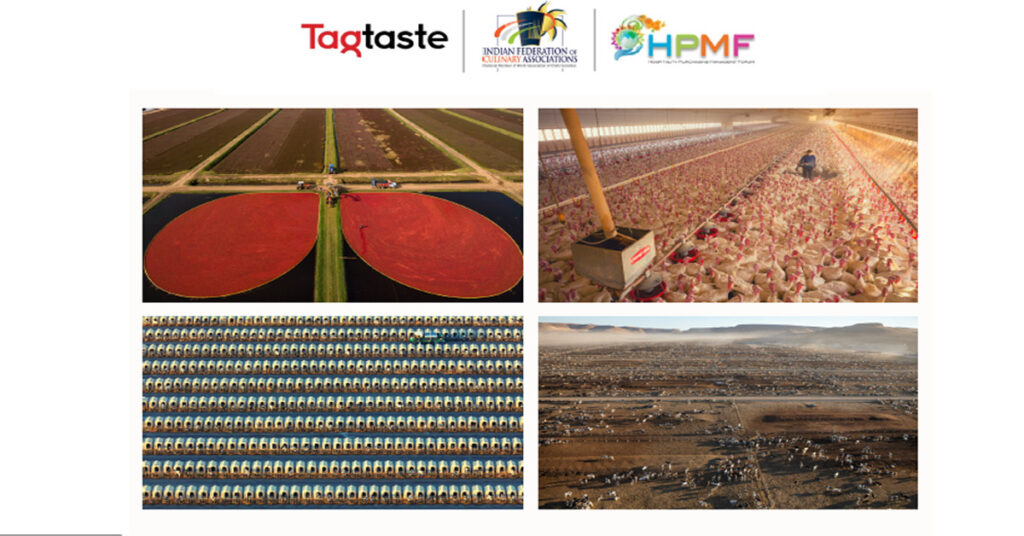
Frozen Food TT & IFCA
When it comes to cooking, it may feel like there are a lot of rules to follow, bad kitchen habits you need to stop and tricks you should use to make the most satisfying dishes.
How to prep food to freeze?
To properly freeze food, place it in airtight containers, plastic wrap or plastic freezer bags. If you’re freezing a meal you’ve recently cooked, make sure to let the food cool before you place it in the freezer so the internal temperature of the freezer doesn’t rise.
Which freezer temperatures are safe?
The temperature in your fridge should be at or below 40 degrees Fahrenheit and the temperature in your freezer should be 0 degrees Fahrenheit, according to the FDA.
What is the ‘danger zone’?
To decrease your chances of foodborne illness, it’s best not to let your food get warmer than 40 degrees. The “danger zone” for food, according to the USDA, is between 40 degrees and 140 degrees. These are the temperatures at which bacteria begins to grow.
Can I cook without thawing?
Some frozen dinners and various foods can be cooked from frozen, while others need to be thawed in order to consume the food without making yourself sick. For instance, you can take frozen strawberries directly out of the freezer to put in your smoothie. Meat that has been frozen can be cooked directly from the freezer either in the stove or in the oven, but the cooking time will need to be increased by about 50%. Never put frozen food directly in a slow-cooker.
Can I just leave frozen meat or fish on the counter?
Parents know a lot of smart cooking tips, but they don’t always do everything right. If yours leave frozen meat on the counter to thaw, encourage them to ditch that habit and quit it yourself too. The Food and Safety Inspection Service (FSIS) says you should never thaw chicken on the counter or in other locations like in the garage or on the porch. The same goes for other meats and perishable foods.
Thawing in the microwave
Plan to cook the food immediately after thawing in the microwave since this process causes some areas of the food to begin to cook. Use the defrost feature on your microwave. If there isn’t a defrost feature, turn the power level down to 30% and heat for five to nine minutes depending on how thick the meat is.
Thawing in cold water
Drinking hot water has some health benefits, but thawing food in hot water does not. Instead, keep your meat in a tight plastic bag and submerge it in cold water. You’ll need to replace the water every half hour to retain a safe temperature. Smaller cuts may take one to two hours, whereas thicker cuts may take up to three.
Thawing in the fridge
You can place your meat in the fridge for an easy thaw. Plan ahead, because thawing in the fridge usually takes at least 24 hours. A larger item like a turkey will take about five days to thaw in the fridge.
